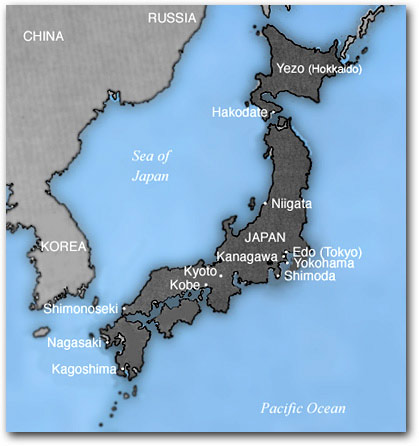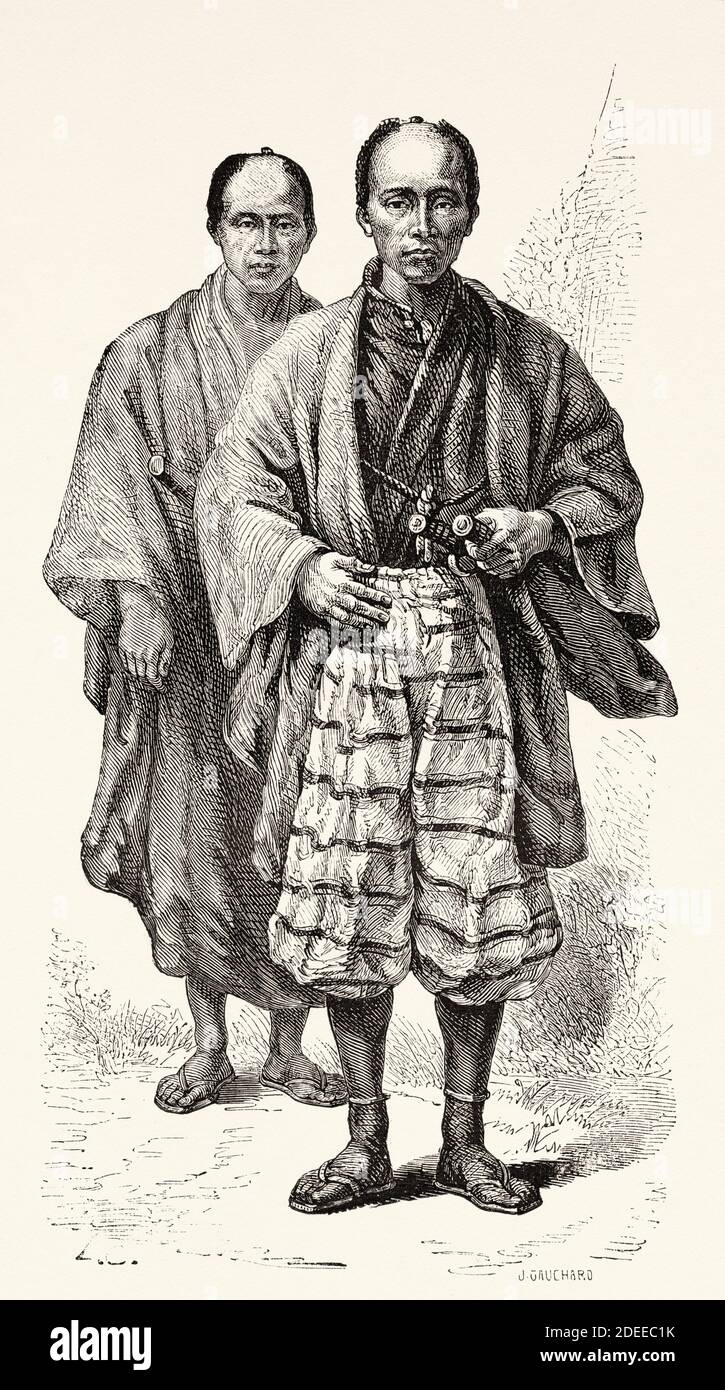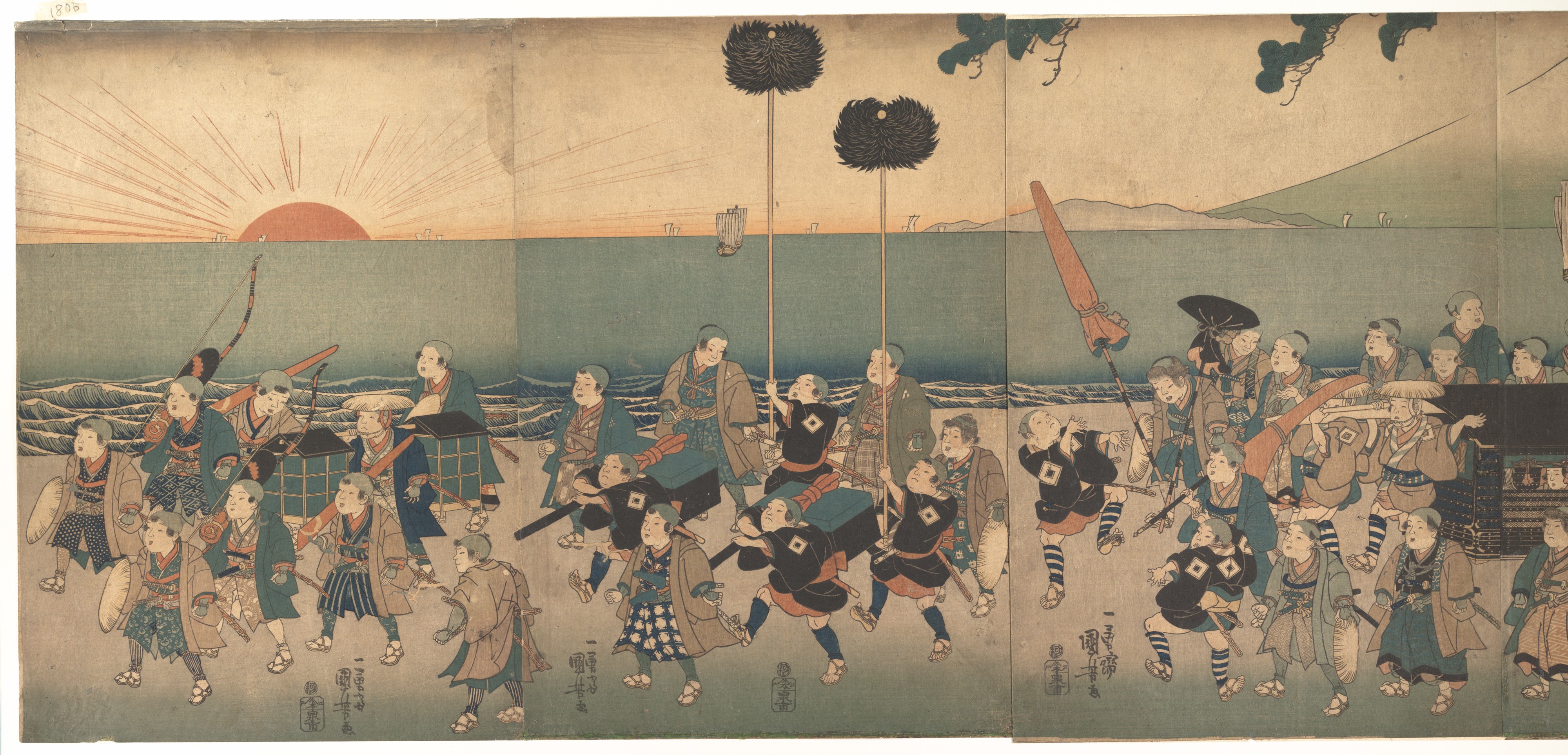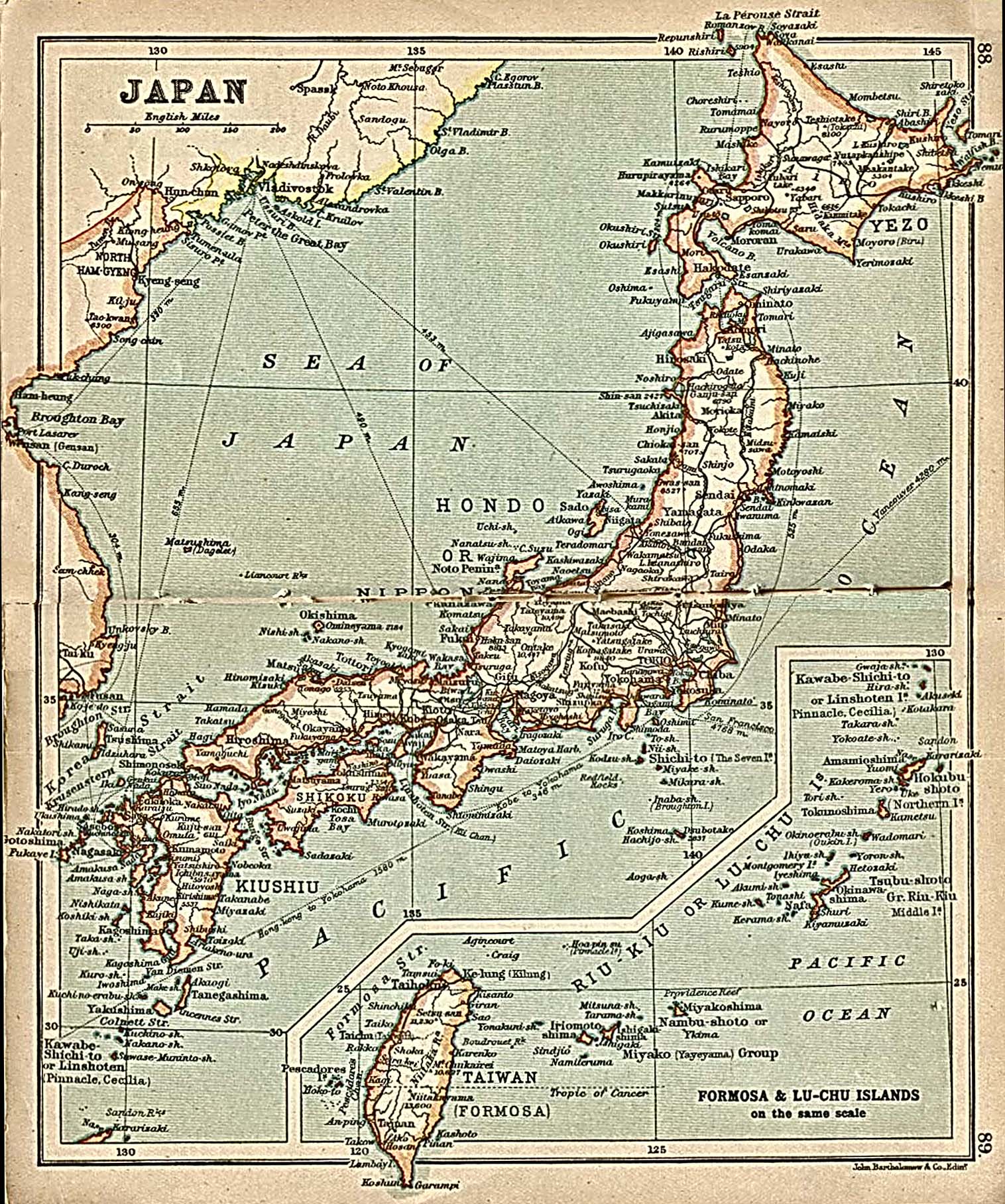Map Of Daimyo Of Japan 1860. They were subordinate to the shogun and nominally to. The term 'daimyo' simply translates to 'large private land' and they belonged in the upper class in feudal Japan. Each daimyo hired an army of samurai warriors to protect his family's lives and property. Daimyo ) were powerful Japanese magnates, From the shugo of the Muromachi period through the Sengoku to the daimyo of the Edo period, the rank had a long and varied history. Japan: The Shaping of Daimyo Culture explores the culture created by warriors of medieval and modern Japan. The daimyos were large landowners and vassals of the shogun. The map provides key information on the organisational system of the period. daimyo (dī´myô) [Jap.,=great name], the great feudal landholders of Japan, the territorial barons as distinguished from the kuge, or court nobles. The Kokudaka ez u map shows not only the locations of the ruling daimyo's castles marked in squares and local towns in circles, but also the names of the daimyo and the number of koku or rice bushels he collected from farmers as tax, which he then sold to generate income.

Map Of Daimyo Of Japan 1860. The daimyos were large landowners and vassals of the shogun. These estates were administered by territorial barons, or the daimyo. The daimyo lords were at the top of military class just below the shoguns, and were heads of the samurai. The ensuing four decades of constant warfare are known as the Momoyama (Peach Hill) period. The backgrounds of daimyo also varied considerably; while some daimyo clans, notably the Mōri, Shimazu and Hosokawa, were cadet branches of the Imperial family or were descended from the kuge, other daimyo were promoted. Map Of Daimyo Of Japan 1860.
These estates were administered by territorial barons, or the daimyo.
The map provides key information on the organisational system of the period. daimyo (dī´myô) [Jap.,=great name], the great feudal landholders of Japan, the territorial barons as distinguished from the kuge, or court nobles.
Map Of Daimyo Of Japan 1860. Each daimyo hired an army of samurai warriors to protect his family's lives and property. The backgrounds of daimyo also varied considerably; while some daimyo clans, notably the Mōri, Shimazu and Hosokawa, were cadet branches of the Imperial family or were descended from the kuge, other daimyo were promoted. The ensuing four decades of constant warfare are known as the Momoyama (Peach Hill) period. The Kokudaka ez u map shows not only the locations of the ruling daimyo's castles marked in squares and local towns in circles, but also the names of the daimyo and the number of koku or rice bushels he collected from farmers as tax, which he then sold to generate income. CE Classical Japan Classical Japan is a period when the Yamato clan rose to power and became Japan's first dynasty.
Map Of Daimyo Of Japan 1860.
